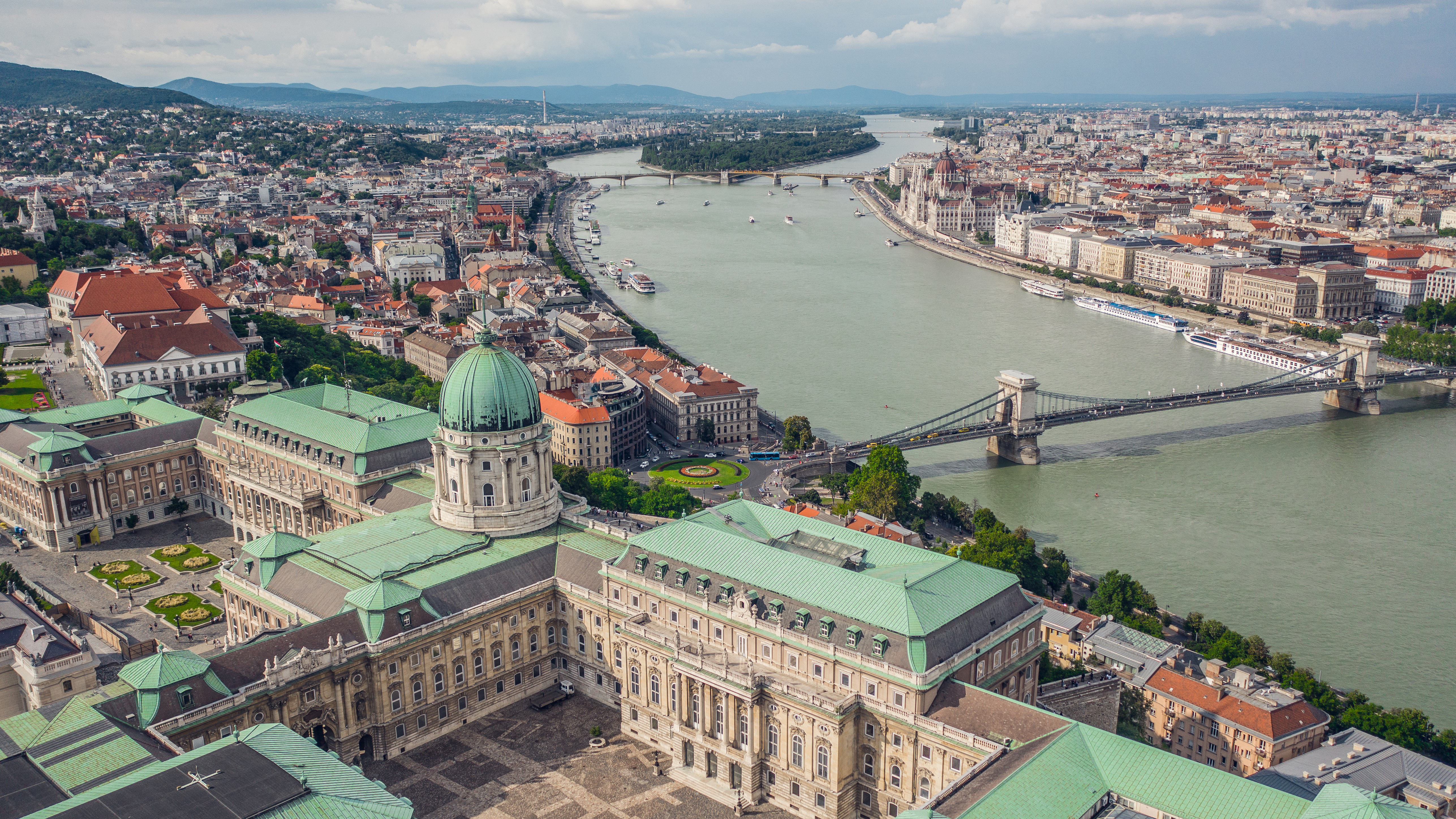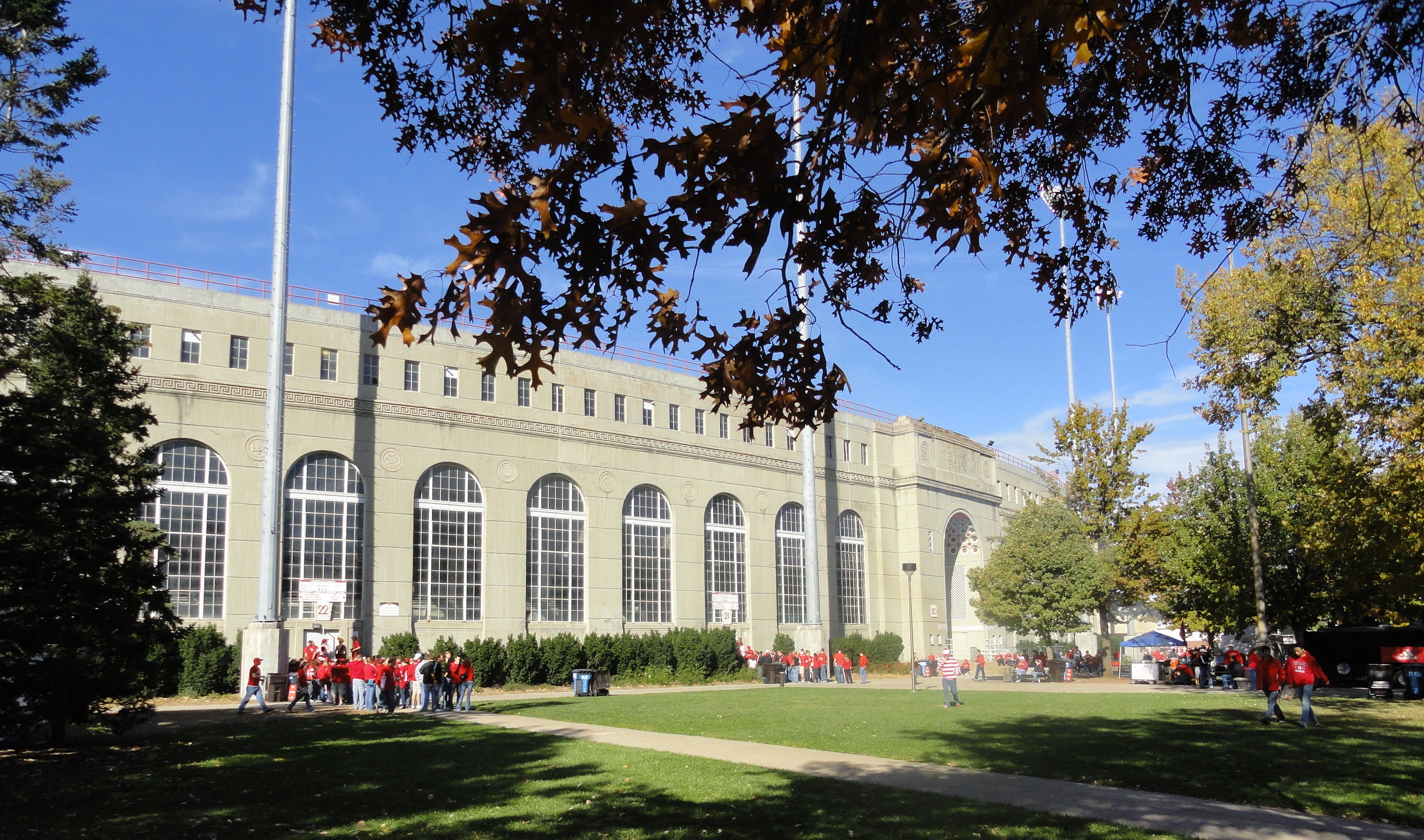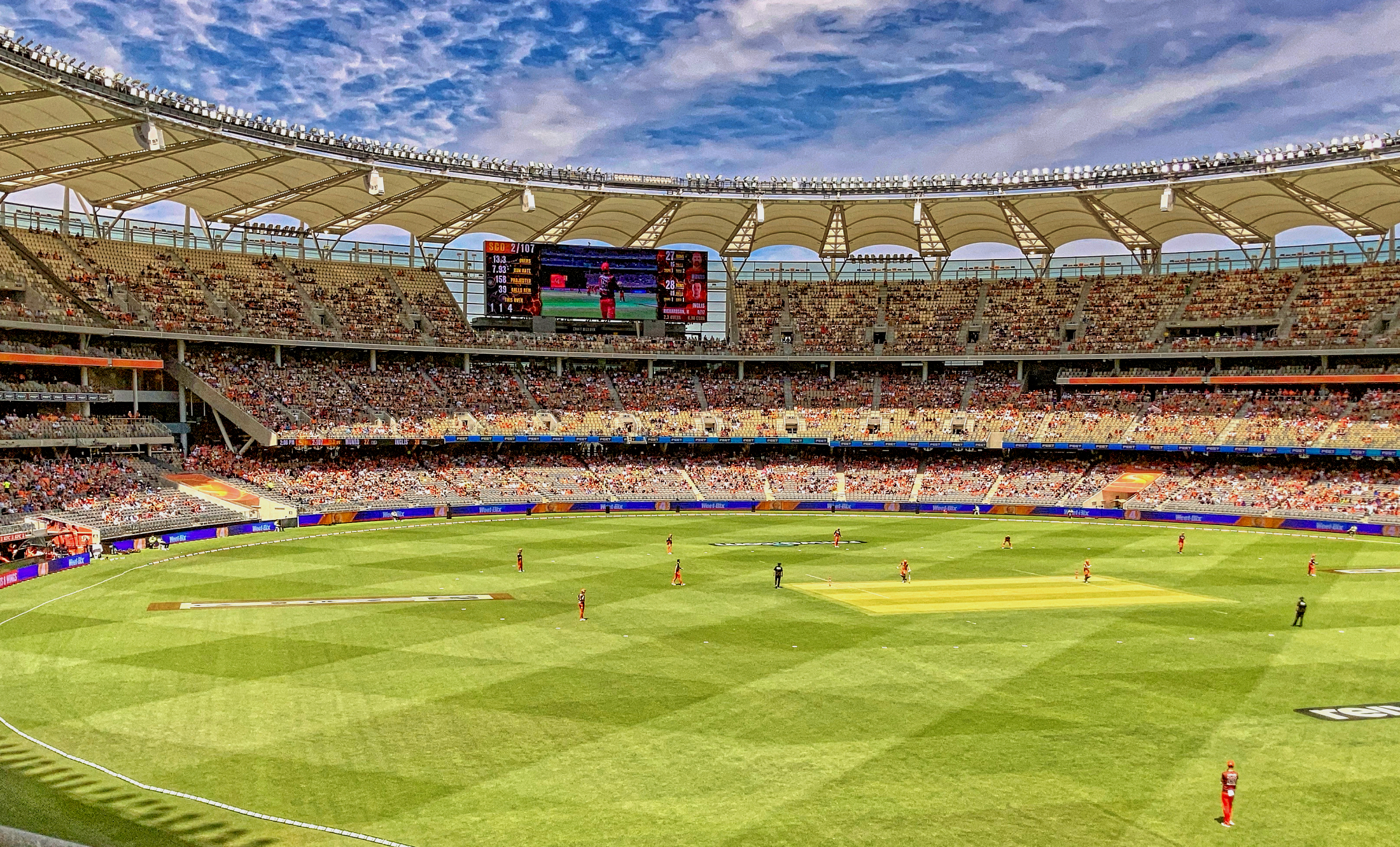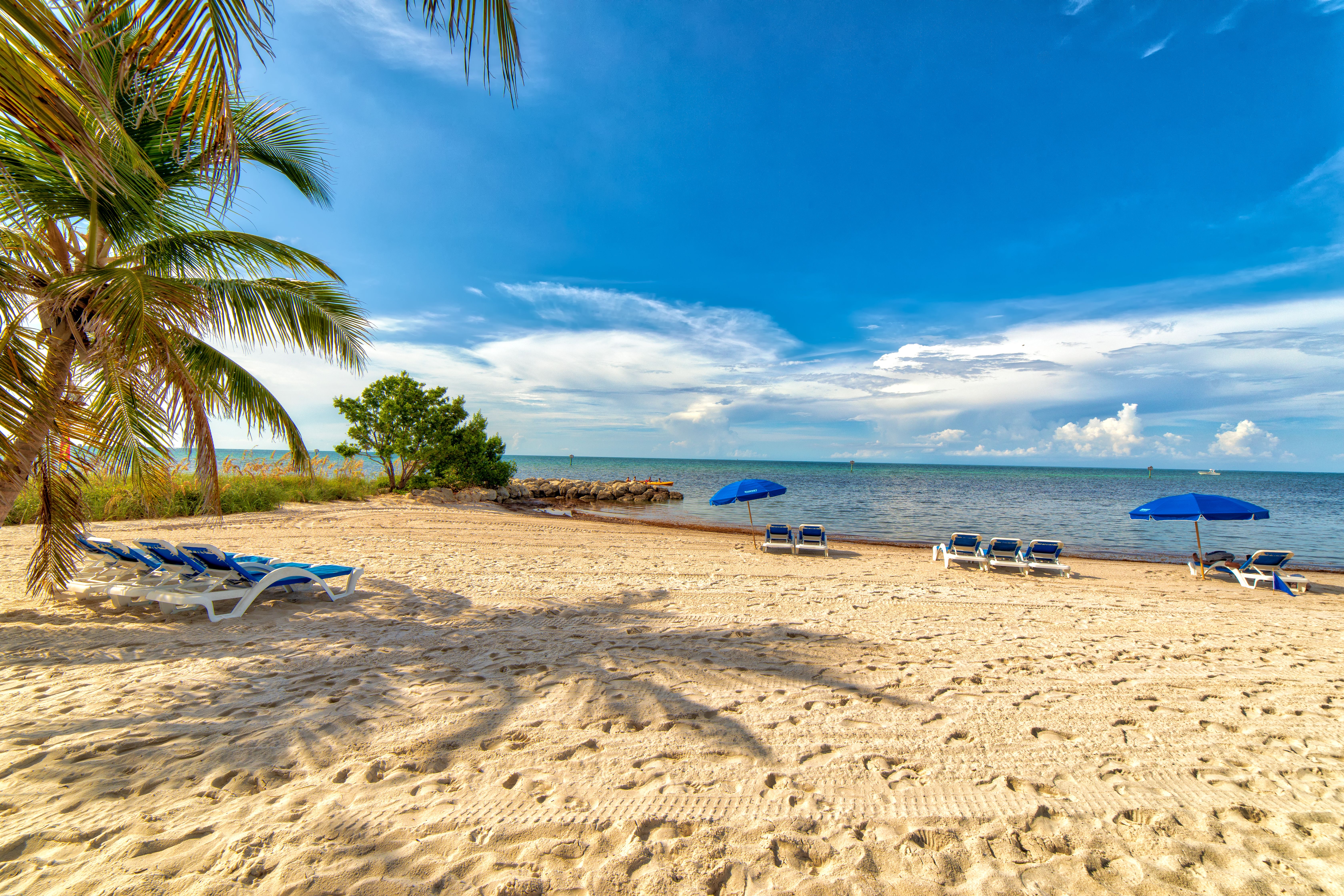21 Historic Olympic Venues That Are Now Completely Abandoned
The Olympic Games represent the height of human achievement—a global spectacle where cities invest billions to build awe-inspiring venues that host the world's greatest athletes. But what happens after the final medal is awarded and the crowds disappear? Too often, these grand arenas, once filled with roaring fans and unforgettable moments, are left to decay, overtaken by nature and neglect. We've expanded our list to 21 historic Olympic venues that now stand completely abandoned, each a haunting reminder of the fleeting nature of glory. From crumbling stadiums swallowed by weeds to deserted ski jumps frozen in time, these locations tell a tale of ambition, triumph, and the harsh reality of what happens when the world moves on. As we uncover the stories behind these forgotten sites, we explore how cities once on top of the world now struggle with the burden of Olympic legacies long past.
1. The Berlin Olympic Village: Legacy of 1936
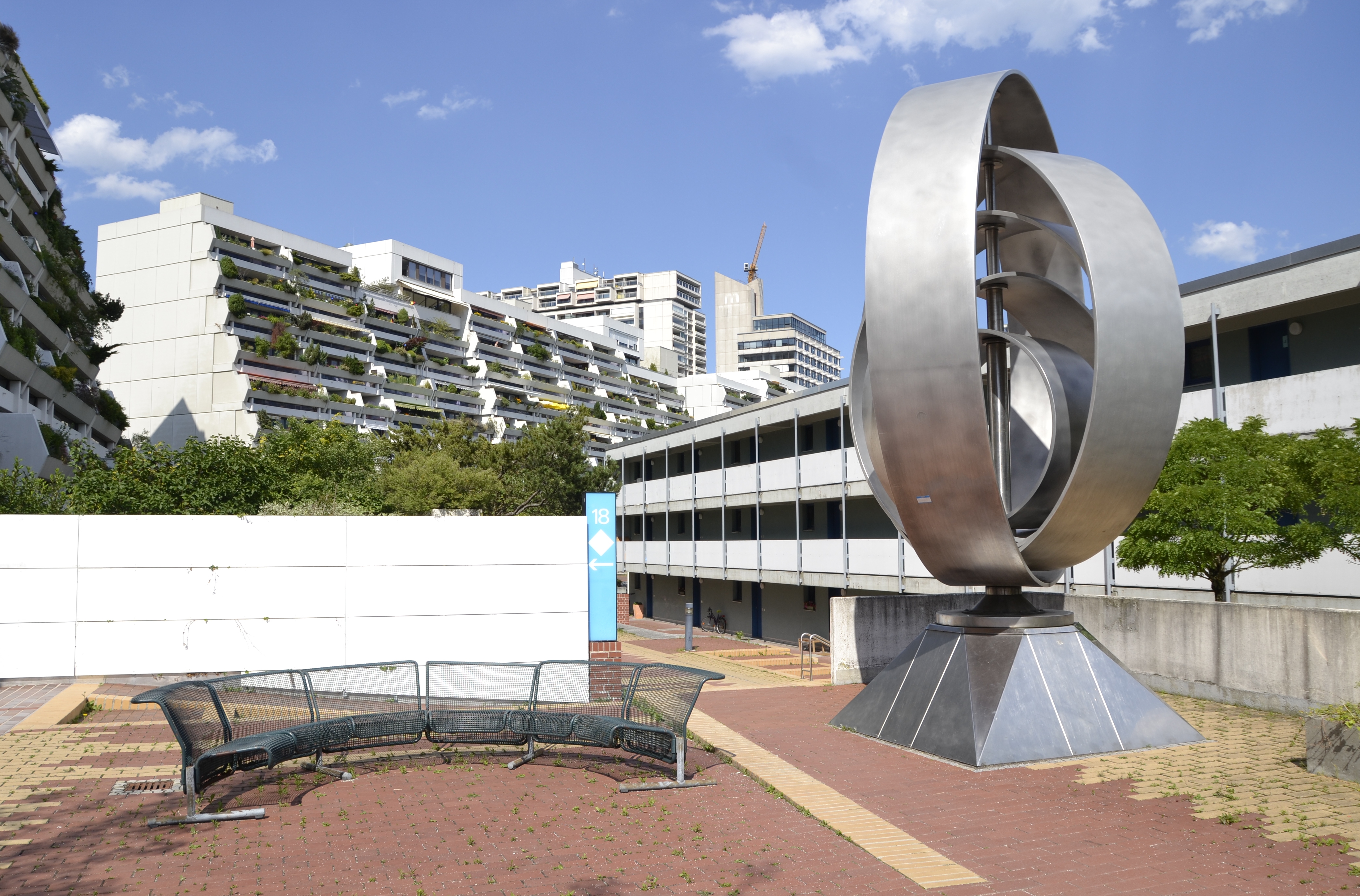
The 1936 Berlin Olympics, orchestrated under the Nazi regime, were a spectacle of propaganda and power. The Olympic Village, designed to house athletes, was a marvel of modern architecture, complete with state-of-the-art facilities. Today, it stands as a haunting relic of a bygone era. The village, left largely untouched, is a testament to the political tensions of its time. Exploring its abandoned halls, one can almost hear the echoes of athletes who once walked its corridors. The venue's history serves as a stark reminder of the intersection between sports and politics, where the ideals of the Olympics were overshadowed by the ambitions of a regime.
2. Sarajevo's Winter Wonderland: A Cold War Stage
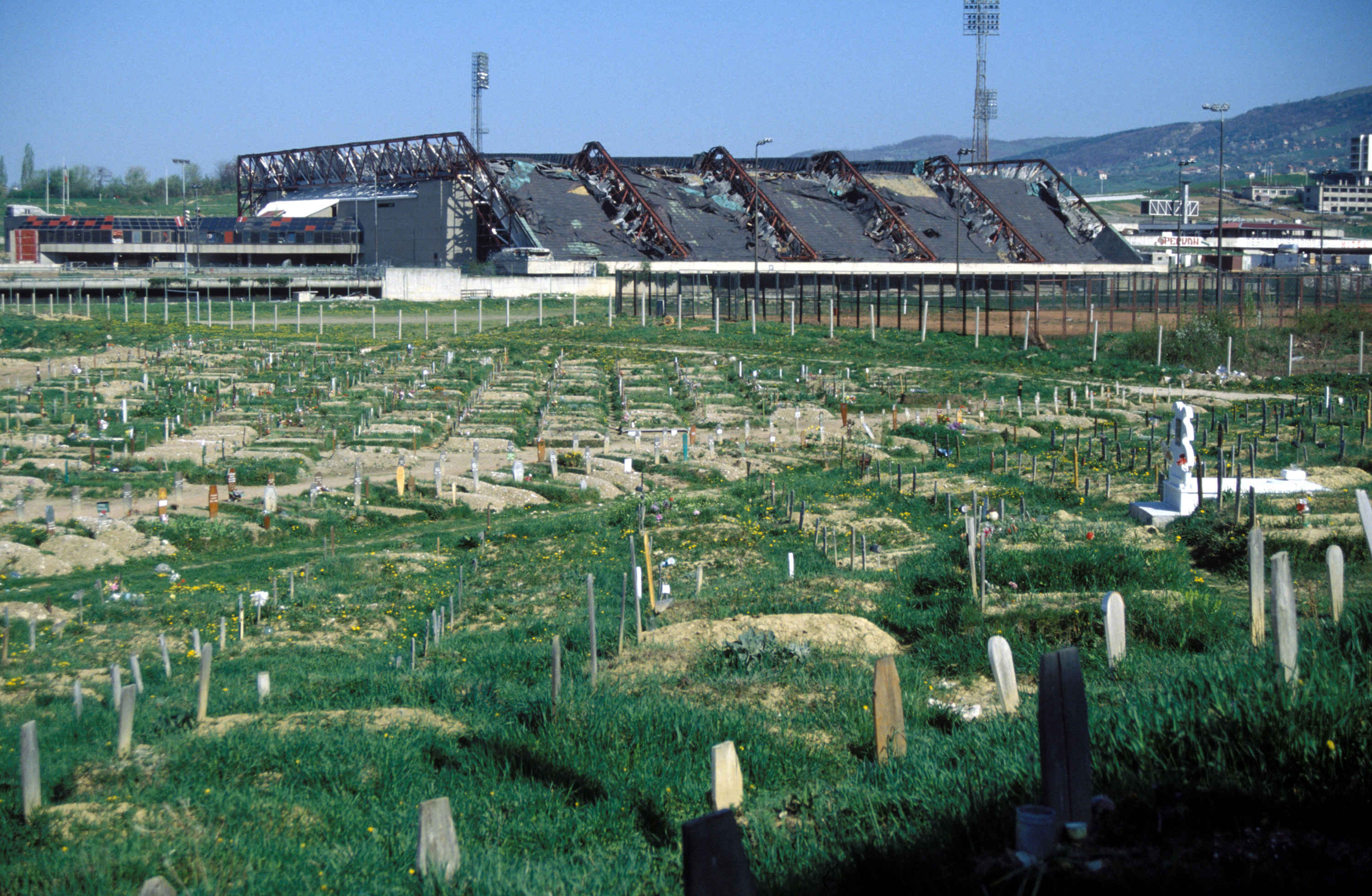
The 1984 Winter Olympics in Sarajevo were a beacon of hope during the Cold War, showcasing a city that embraced diversity and unity. The venues, nestled amidst the picturesque mountains, were symbols of peace. However, the subsequent Yugoslav Wars transformed these sites into battlegrounds. Today, remnants of the Olympic bobsleigh track and ski jumps lie in ruins, scarred by conflict. Nature has begun to reclaim these structures, blending the beauty of the landscape with the somber history of war. The story of Sarajevo's Olympic venues is a poignant reminder of the fragility of peace and the enduring spirit of a city that once captivated the world.
3. Athens 2004: A Greek Tragedy
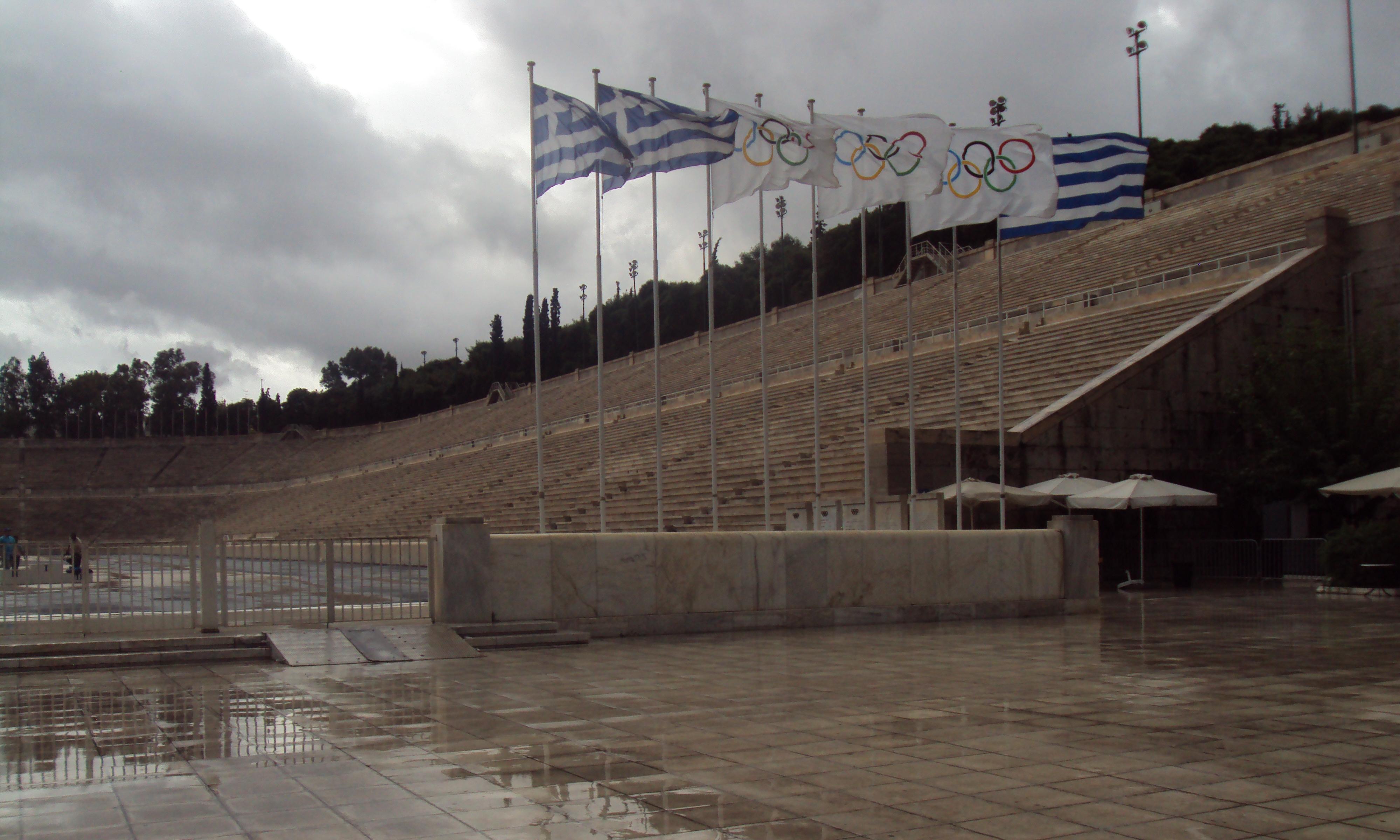
The Athens 2004 Olympics were meant to be a triumphant return to the birthplace of the Games. Billions were spent constructing state-of-the-art facilities, but the economic crisis that followed left many venues abandoned. The once-bustling Olympic complex now stands as a symbol of financial mismanagement and unfulfilled promises. Weeds grow through cracks in the pavement, and empty stadiums echo the cheers of past crowds. Athens' Olympic legacy is a cautionary tale of ambition unchecked by sustainability. It highlights the importance of planning for the future, ensuring that the spirit of the Games endures long after the closing ceremony.
4. Montreal's Olympic Stadium: The Big Owe
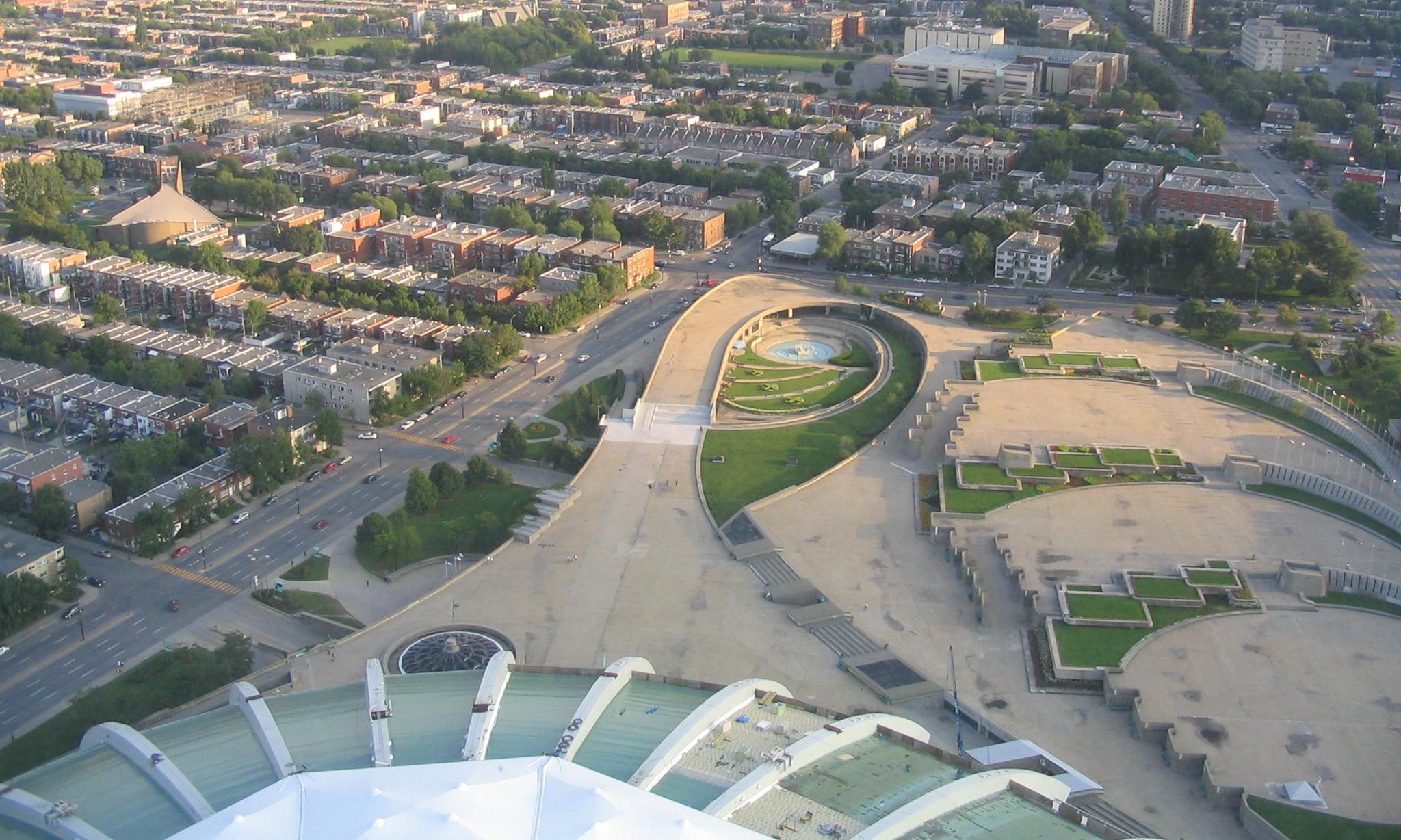
Montreal's Olympic Stadium, affectionately known as "The Big Owe," was the centerpiece of the 1976 Summer Olympics. Its futuristic design and retractable roof were engineering marvels of the time. However, construction delays and cost overruns plagued the project, leaving the city with a massive debt. Today, the stadium is a shadow of its former glory, struggling to find a purpose in a city that has moved on. Despite its challenges, the stadium remains a beloved icon, a testament to Montreal's resilience and determination. Its story is a reminder of the complexities of hosting the Olympics, where dreams of grandeur must be balanced with economic realities.
5. Beijing 2008: The Bird's Nest and Beyond

The 2008 Beijing Olympics were a showcase of China's emergence as a global power. The iconic Bird's Nest stadium, with its striking architecture, became a symbol of national pride. However, the years following the Games have seen the venue struggle to find a sustainable role. While it occasionally hosts events, much of its grandeur lies dormant. The story of the Bird's Nest reflects China's rapid transformation and the challenges of maintaining Olympic legacies in a fast-changing world. It underscores the need for adaptability, ensuring that these monumental structures continue to serve their communities long after the athletes have left.
6. Lake Placid: Twice an Olympic Host

Lake Placid, a small town in upstate New York, has the unique distinction of hosting the Winter Olympics twice, in 1932 and 1980. The venues, nestled in the Adirondack Mountains, have largely withstood the test of time. However, some facilities, like the ski jumps, have fallen into disrepair, overshadowed by newer, more modern counterparts. Lake Placid's Olympic legacy is one of resilience and community spirit. The town continues to embrace its history, finding innovative ways to repurpose its venues. This story highlights the importance of community involvement in preserving Olympic sites, ensuring that they remain vibrant parts of their regions.
7. Seoul's Forgotten Arenas: A Tale of Two Cities

The 1988 Seoul Olympics marked South Korea's debut on the global stage. The venues, symbols of modernization and progress, played host to unforgettable moments of athletic excellence. Yet, as the city evolved, many of these sites have been left behind, overshadowed by Seoul's rapid urban development. The contrast between the bustling metropolis and its forgotten arenas is stark. Some venues have been repurposed, while others languish in neglect. Seoul's Olympic story reflects the challenges of balancing growth with heritage, reminding us of the need to cherish our past even as we forge ahead into the future.
8. Moscow's Grand Experiment: The 1980 Games
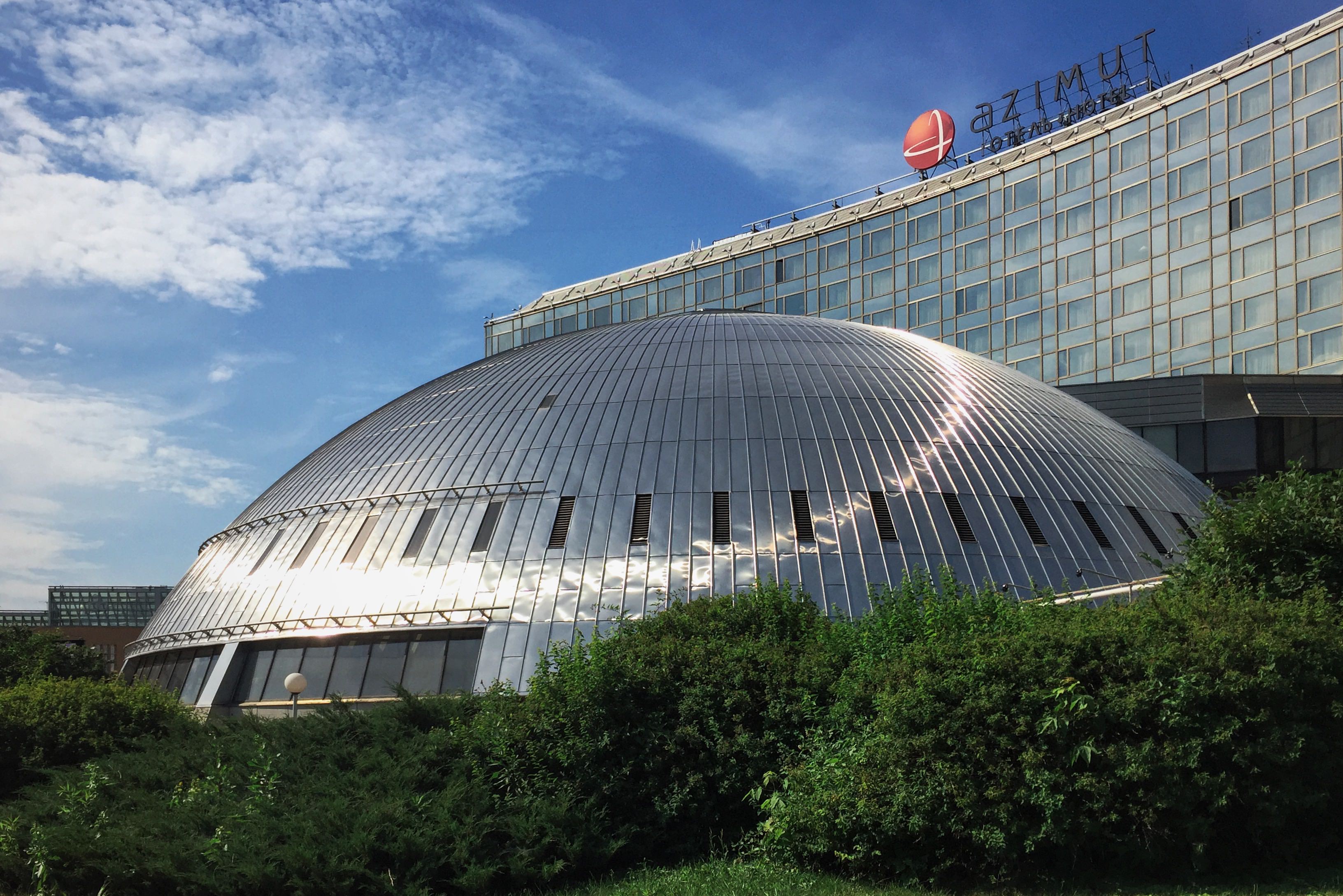
The 1980 Moscow Olympics were a grand spectacle, held amidst the Cold War tensions and boycotted by many Western nations. The venues, designed to showcase Soviet prowess, were architectural marvels. However, the dissolution of the Soviet Union left many of these sites in limbo. Today, some have found new life, while others remain frozen in time. Moscow's Olympic legacy is a complex tapestry of history, politics, and culture. It serves as a reminder of the power of sports to transcend boundaries, even amidst geopolitical strife. The story of these venues highlights the enduring impact of the Olympics on host cities, shaping their identities long after the Games have ended.
9. Rio 2016: A Carnival of Challenges
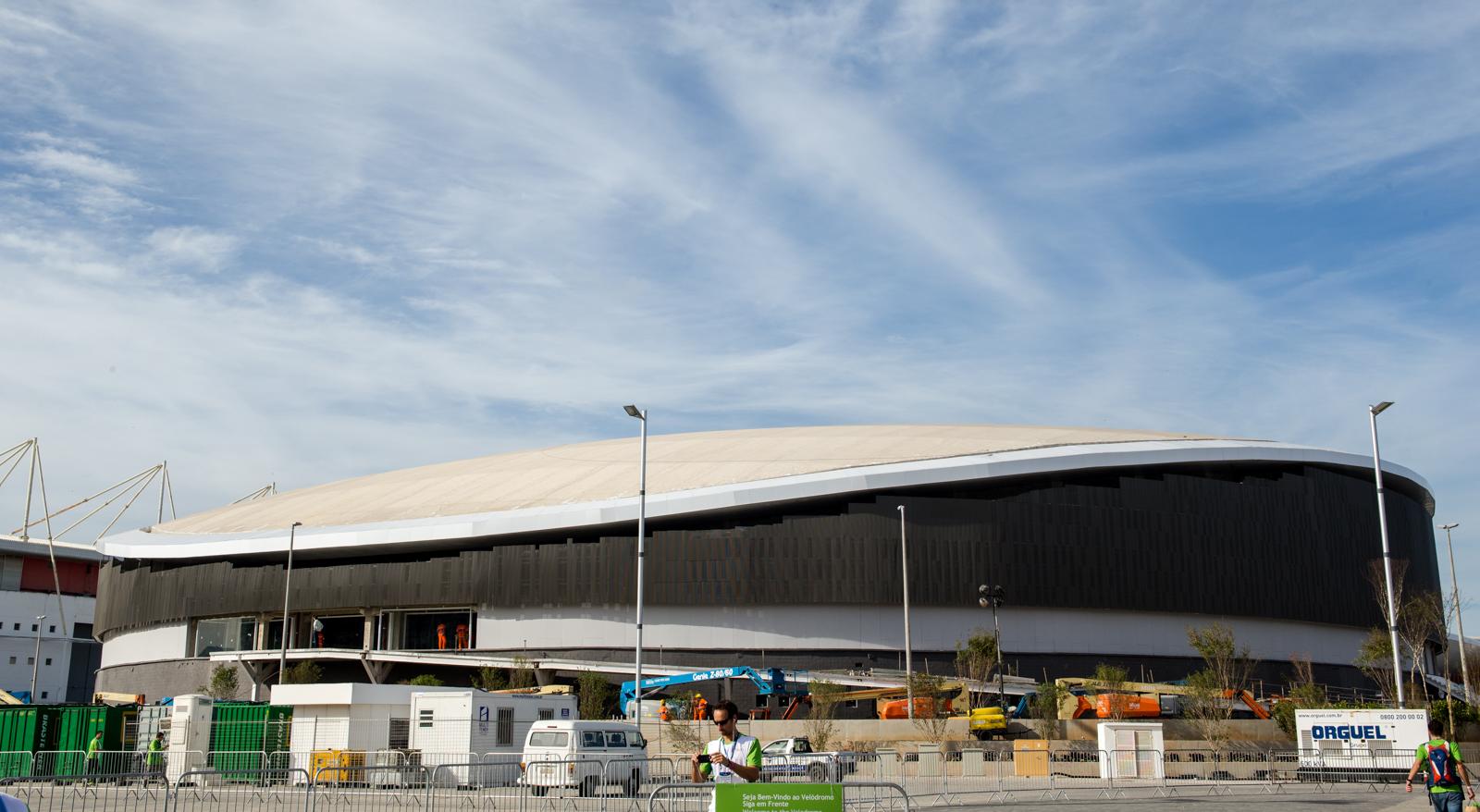
The Rio 2016 Olympics were a vibrant celebration of Brazil's culture and diversity. The venues, set against the backdrop of Rio's stunning landscapes, were a feast for the senses. However, the economic and political turmoil that followed has left many sites in disrepair. The contrast between the joyous spirit of the Games and the current state of the venues is stark. Rio's Olympic legacy is a cautionary tale of ambition overshadowed by reality. It underscores the importance of sustainability, ensuring that the investments made for the Olympics continue to benefit the host city and its people long after the final medal has been awarded.
10. Innsbruck: A Winter Wonderland Revisited

Innsbruck, Austria, has twice hosted the Winter Olympics, in 1964 and 1976. The venues, nestled in the breathtaking Tyrolean Alps, have largely remained intact, cherished by the local community. However, some facilities, like the Olympic bobsleigh track, have fallen into disuse, overshadowed by newer, more modern counterparts. Innsbruck's Olympic legacy is one of tradition and innovation. The town continues to embrace its history, finding creative ways to repurpose its venues. This story highlights the importance of community involvement in preserving Olympic sites, ensuring that they remain vibrant parts of their regions.
11. Tokyo 1964: A Legacy of Renewal
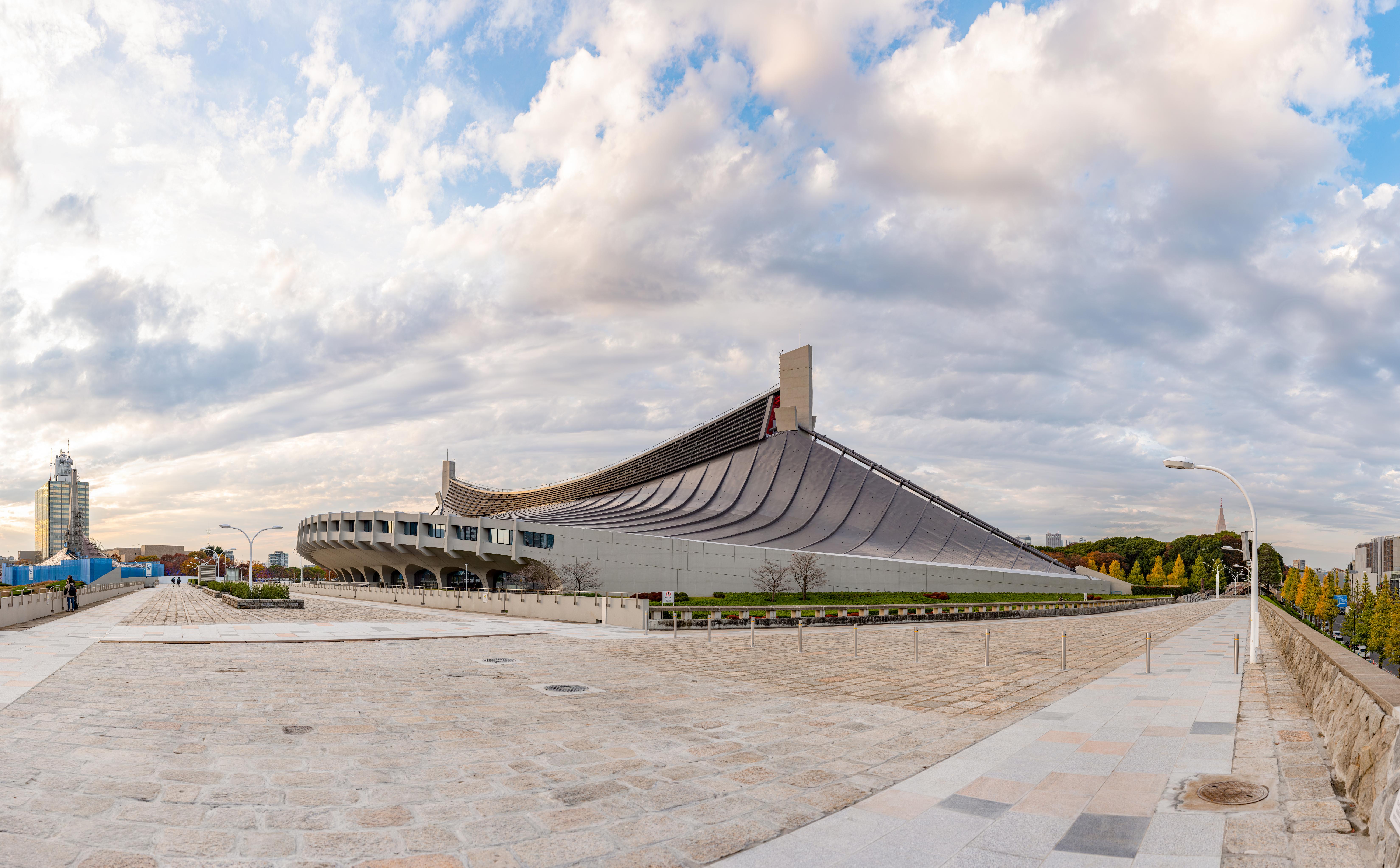
The 1964 Tokyo Olympics were a turning point for Japan, marking its reemergence on the world stage after World War II. The venues, symbols of renewal and progress, played host to unforgettable moments of athletic excellence. Yet, as the city evolved, many of these sites have been left behind, overshadowed by Tokyo's rapid urban development. The contrast between the bustling metropolis and its forgotten arenas is stark. Some venues have been repurposed, while others languish in neglect. Tokyo's Olympic story reflects the challenges of balancing growth with heritage, reminding us of the need to cherish our past even as we forge ahead into the future.
12. The Kayak and Canoe Slalom Course – Athens 2004 (Greece)
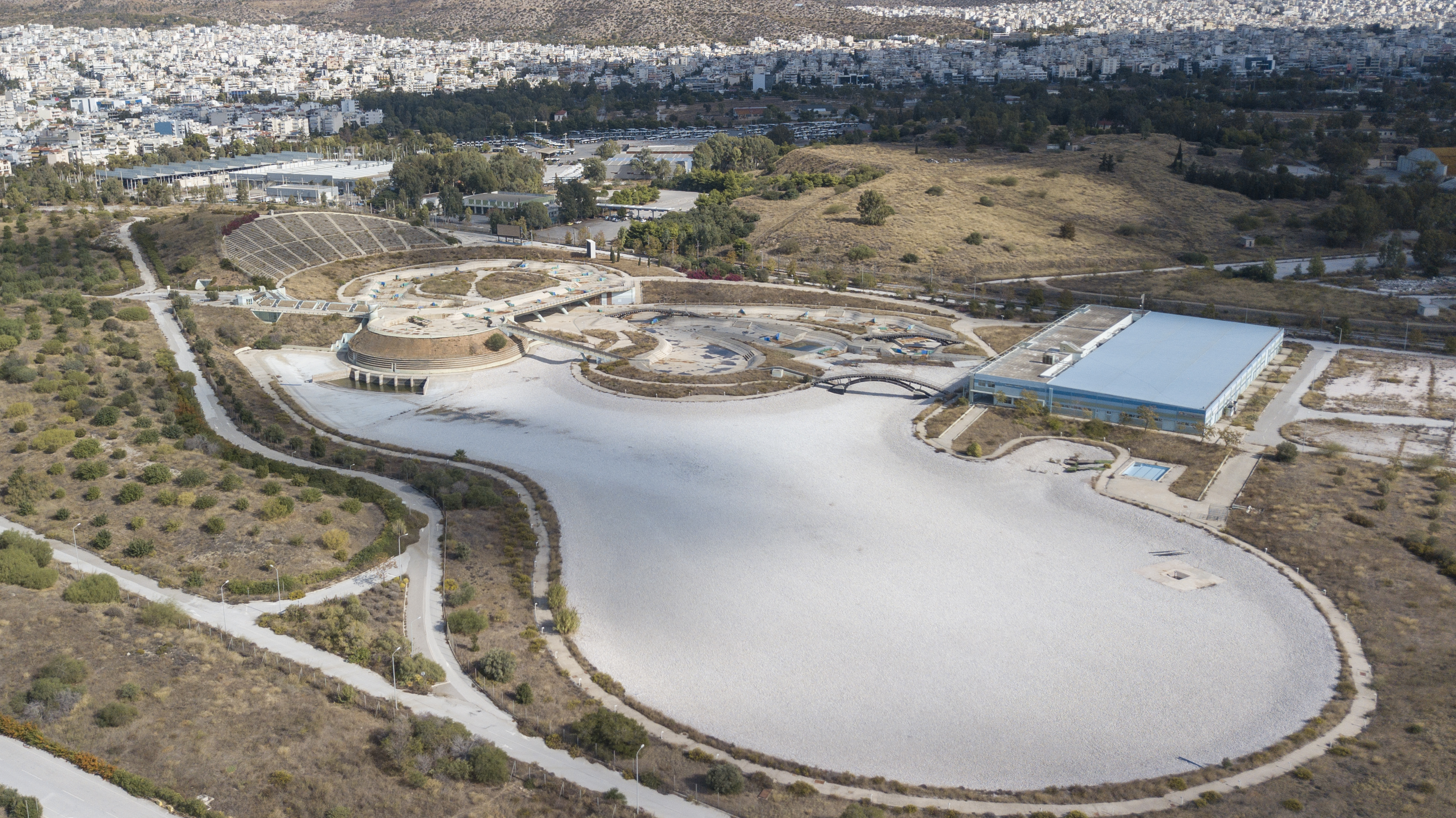
Built at great expense for the 2004 Summer Olympics, this artificial water course was once a thrilling venue for whitewater sports. Today, it sits bone-dry and crumbling under the Mediterranean sun, its once-rushing waters reduced to cracked concrete channels. With Greece’s economic struggles, maintenance was abandoned, and the venue now stands as a stark reminder of overspending and poor planning. The irony? Greece is surrounded by some of the best natural whitewater in Europe.
13. The Abandoned Baseball Stadiums – Beijing 2008 (China)
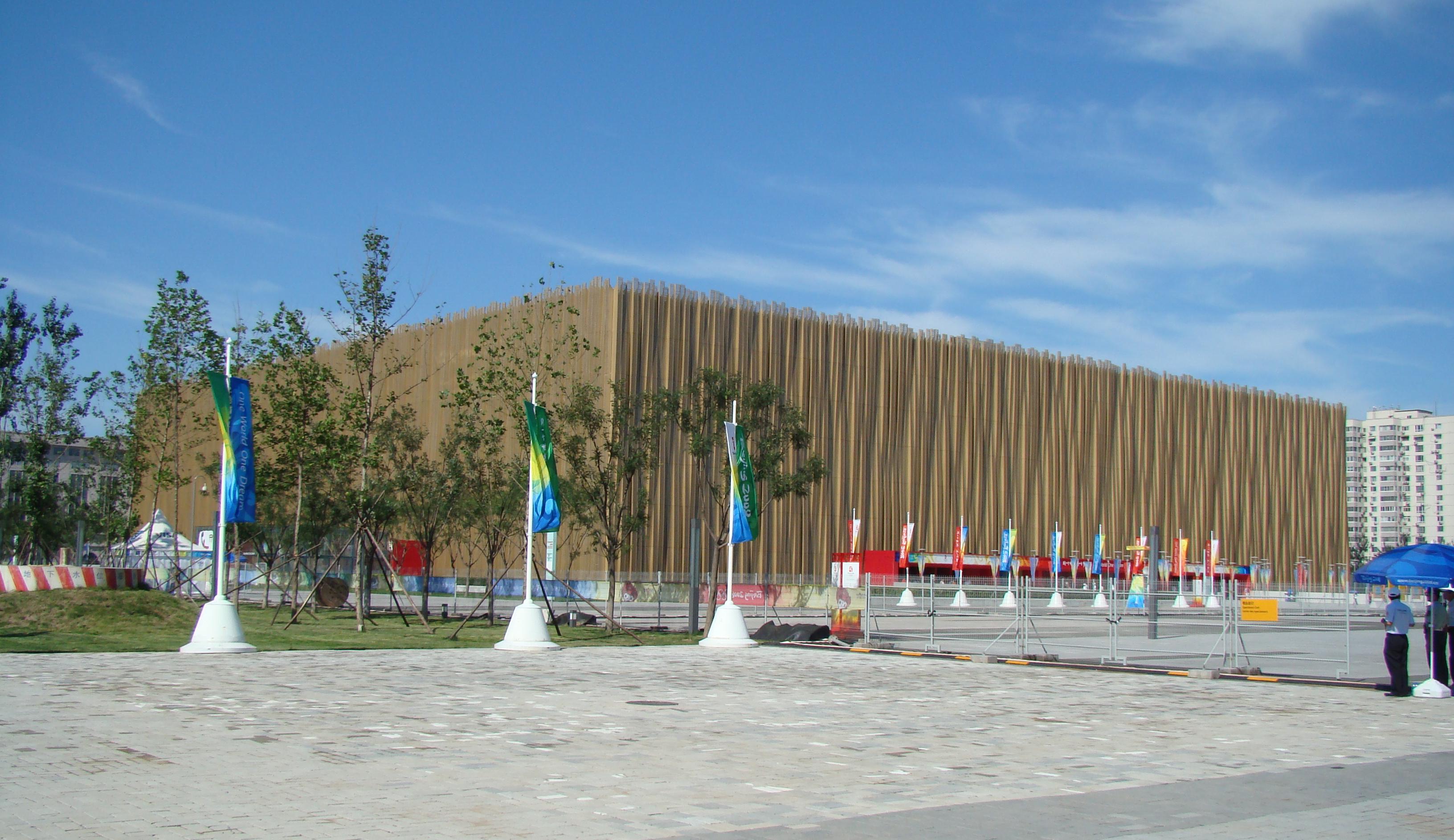
Baseball was controversially removed from the Olympic program after 2008, leaving behind stadiums that were already of questionable value. In Beijing, one of the primary baseball venues now sits eerily empty, overgrown with weeds and littered with decayed signage. With baseball’s return to the Olympics in 2021, one might have expected these stadiums to be revitalized, but they remain forgotten—a ghostly relic of a sport that, for a time, had no place in the Games.
14. Taereung National Village – Seoul 1988 (South Korea)
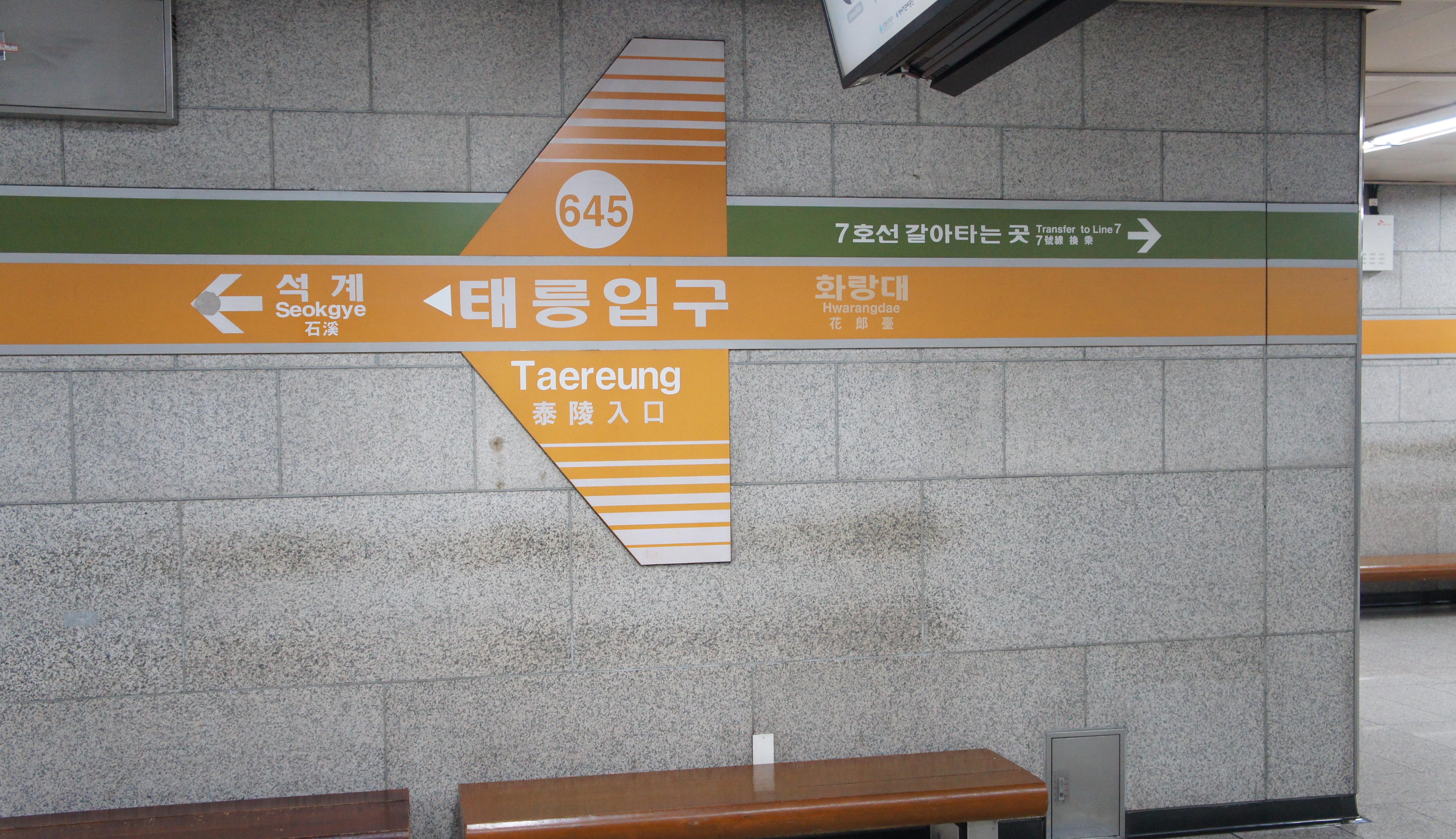
The Taereung Training Center, once the heartbeat of South Korean Olympic preparation, is now largely abandoned. This facility trained many of Korea’s finest athletes for decades, but after new training centers were built, it was left behind. Though the site is still occasionally used, its dormitories and halls, once bustling with hopeful Olympians, now sit in eerie silence. Some locals believe it carries the ghosts of former competitors who gave everything for the dream of Olympic gold.
15. The Beach Volleyball Venue – Rio 2016 (Brazil)

Beach volleyball, one of the most iconic and festive events of the Rio Olympics, took place at a temporary stadium on Copacabana Beach. While the location remains one of the world’s most famous beaches, the stadium itself is long gone. What remains is an open lot, largely ignored, where thousands once cheered under the Brazilian sun. Unlike some other venues, this site disappeared entirely—erased, as if the games had never happened.
16. The Moscow Olympic Velodrome – Moscow 1980 (Russia)
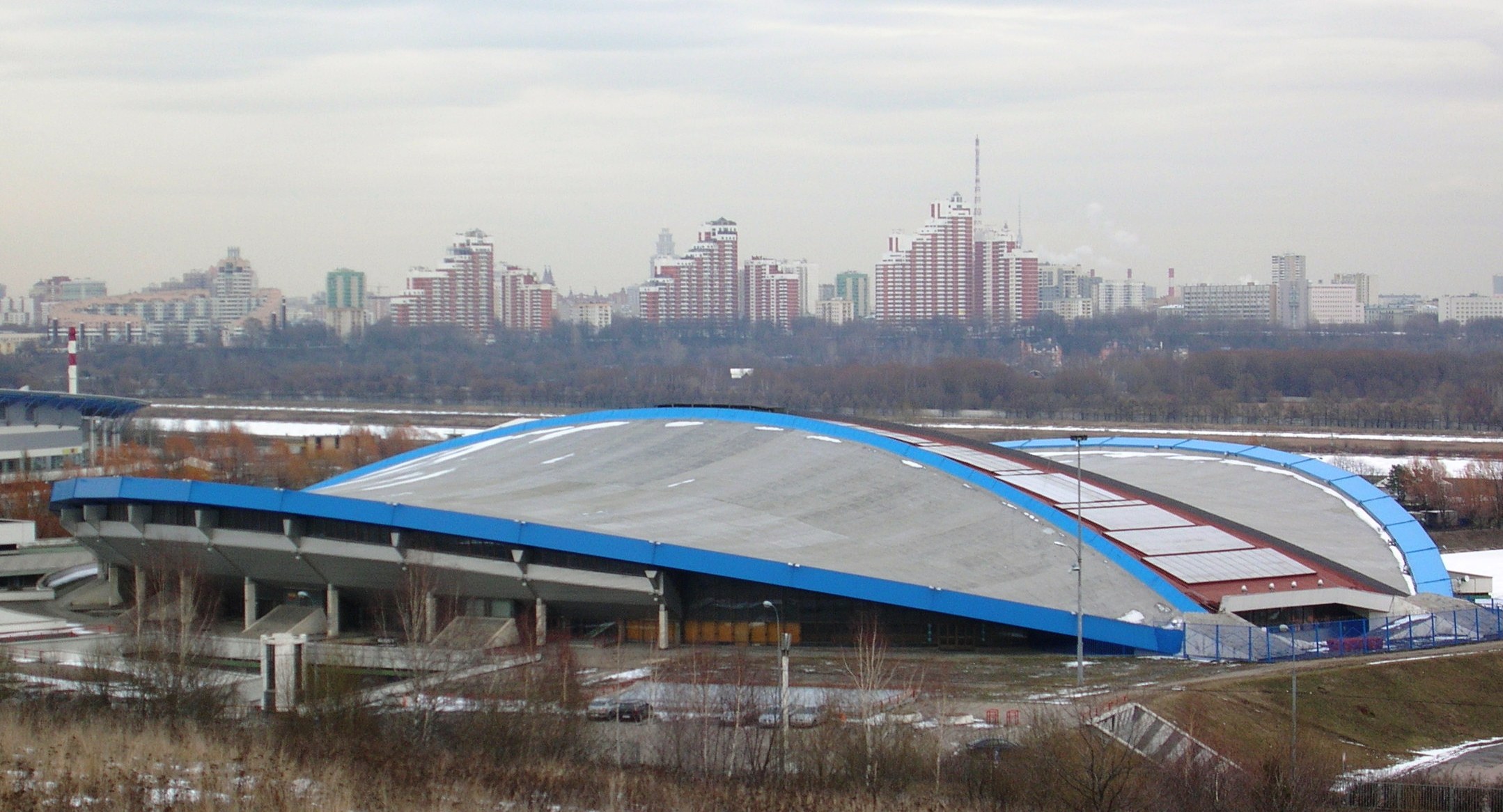
The Moscow Olympics were steeped in Cold War politics, with many Western nations boycotting the Games. The velodrome, built specifically for the cycling events, was once an architectural marvel, but after years of neglect, it has fallen into disrepair. The roof is crumbling, graffiti covers the once-pristine walls, and the cycling track is now warped and unusable. Like many Soviet-era structures, it stands as both a symbol of past grandeur and a cautionary tale of rapid decay.
17. The Ice Hockey Stadium – Turin 2006 (Italy)

Turin hosted a magnificent Winter Olympics in 2006, but not all of its venues have stood the test of time. The primary ice hockey arena was left mostly abandoned after the Games, its seats collecting dust, its ice melted long ago. While some parts of the venue are occasionally used for minor events, the towering structure is a ghost of its former self, a forgotten monument to the roaring crowds that once filled it.
18. The Equestrian Venue – Beijing 2008 (China)
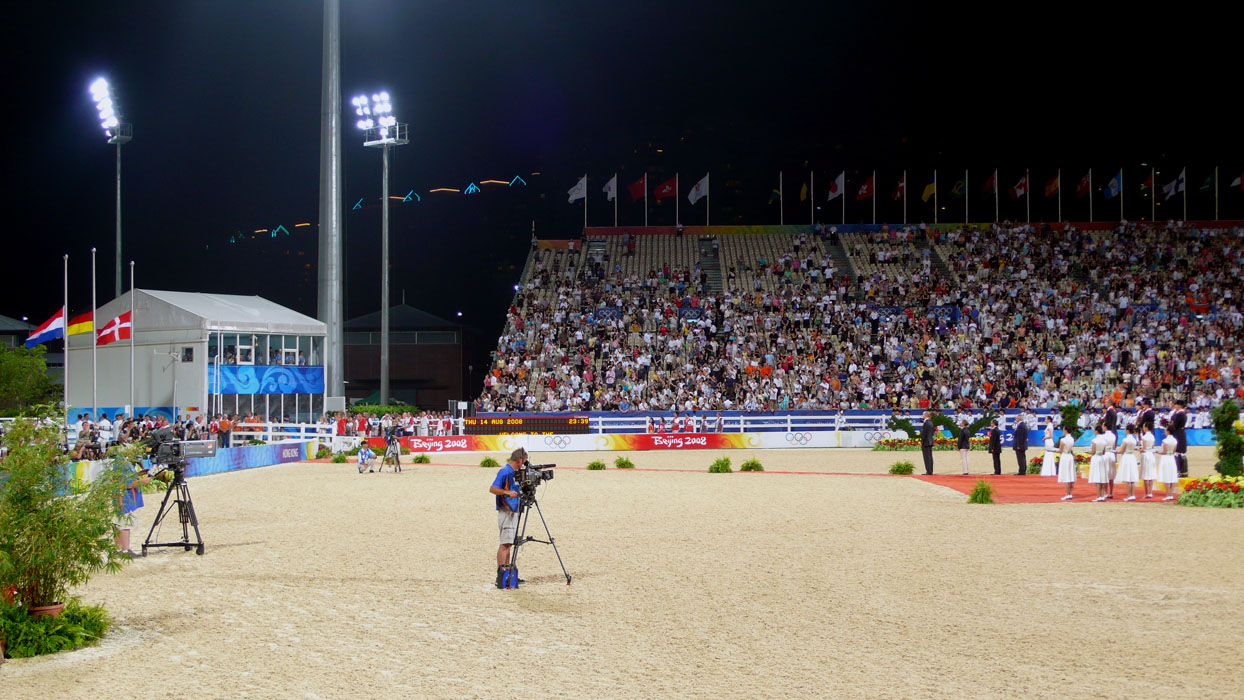
Equestrian events require specialized facilities, and Beijing’s venue was top-notch—until it wasn’t needed anymore. Unlike other abandoned stadiums, this one has a strangely dystopian feel: the stables are empty, the once-lush greenery has withered, and the jumps and obstacles are frozen in time, as if waiting for riders who will never return. Horses once soared over its barriers, but now only the wind moves through this eerie, forgotten place.
19. The Olympic Village – Innsbruck 1976 (Austria)
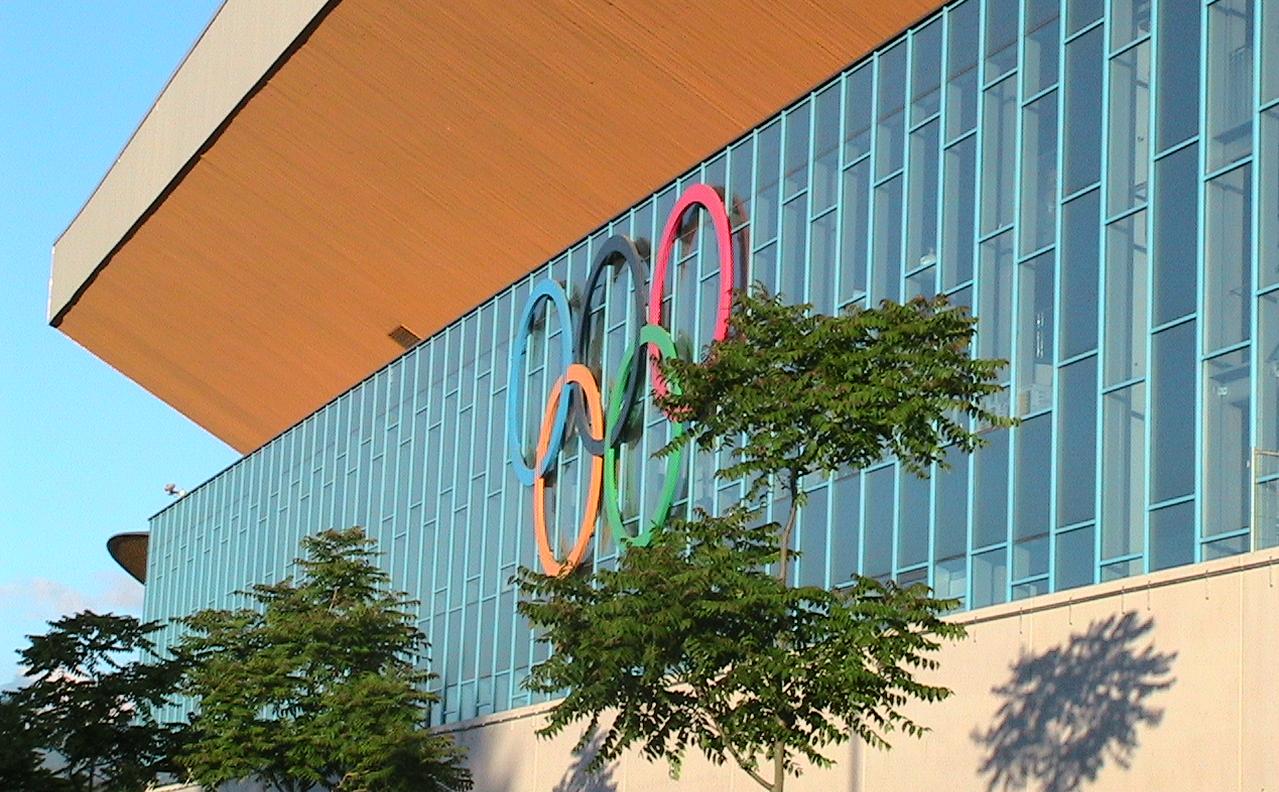
While Innsbruck has maintained much of its Olympic legacy, parts of its 1976 Olympic Village have been left behind. Some of the original housing blocks remain in use, but many of the auxiliary buildings have been abandoned. The once-lively communal areas are now eerily quiet, and some sections of the complex look more like a post-apocalyptic movie set than an Olympic landmark.
20. The Ski Jump – Grenoble 1968 (France)
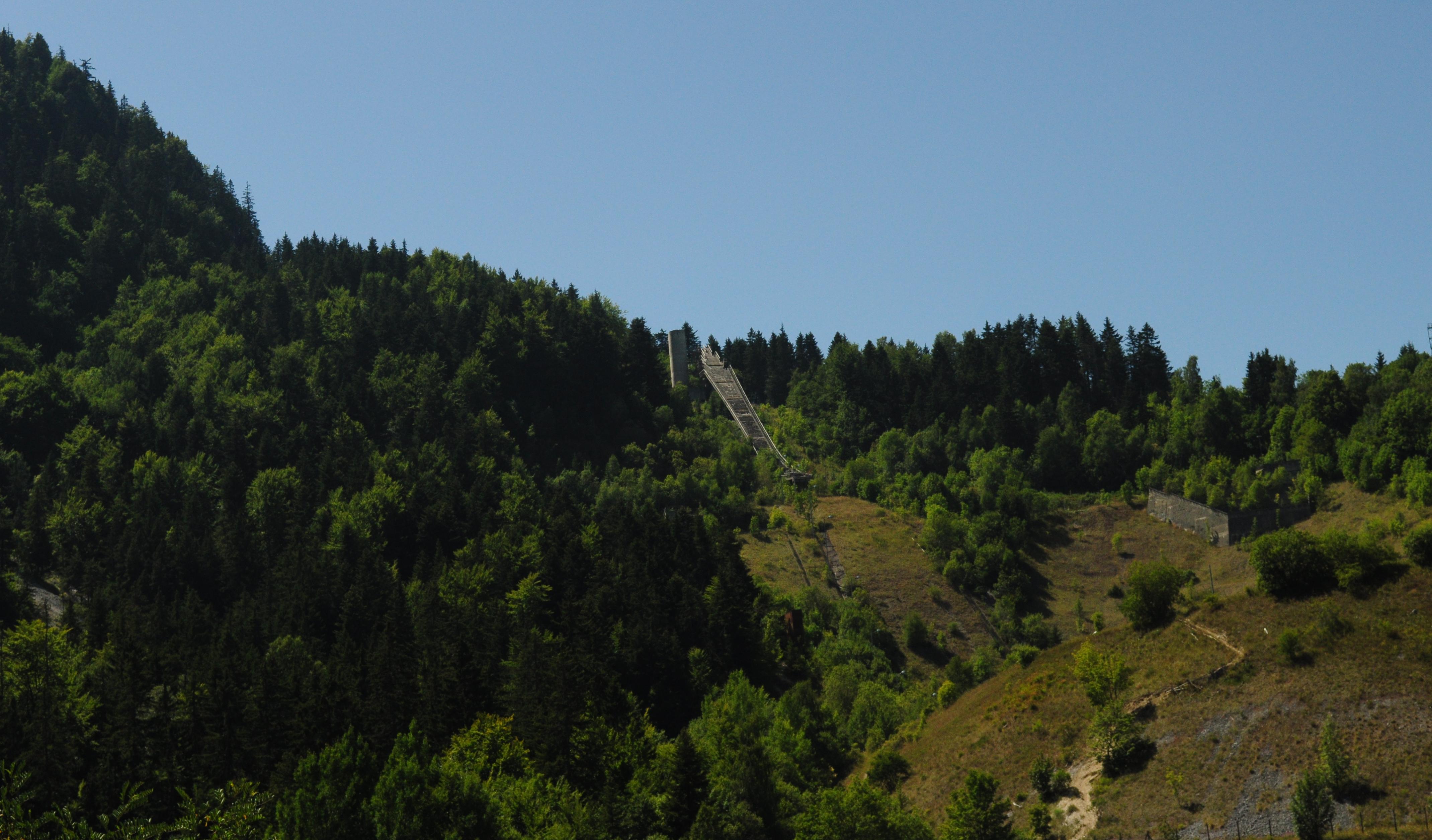
The 1968 Winter Olympics in Grenoble were a major milestone for French sports, but their ski jumping venue tells a different story. Overgrown and forgotten, the towering ramp still looms over the landscape, but it is now crumbling and unsafe. The spectator stands have been reclaimed by nature, with trees growing through the bleachers. It’s a surreal sight—an Olympic venue being swallowed by the very environment it was built to celebrate.
21. The Swimming Complex – Sydney 2000 (Australia)

The Sydney Games were among the most successful in Olympic history, but not all venues were spared from abandonment. A smaller swimming complex, once a training and secondary competition facility, has been left to deteriorate. Unlike the grand Sydney Olympic Park, which is still in use, this pool has become a forgotten corner of an otherwise celebrated Games. Empty lanes, cracked tiles, and still, stagnant water serve as a stark contrast to the record-breaking performances once achieved there.
The Enduring Spirit of the Olympics
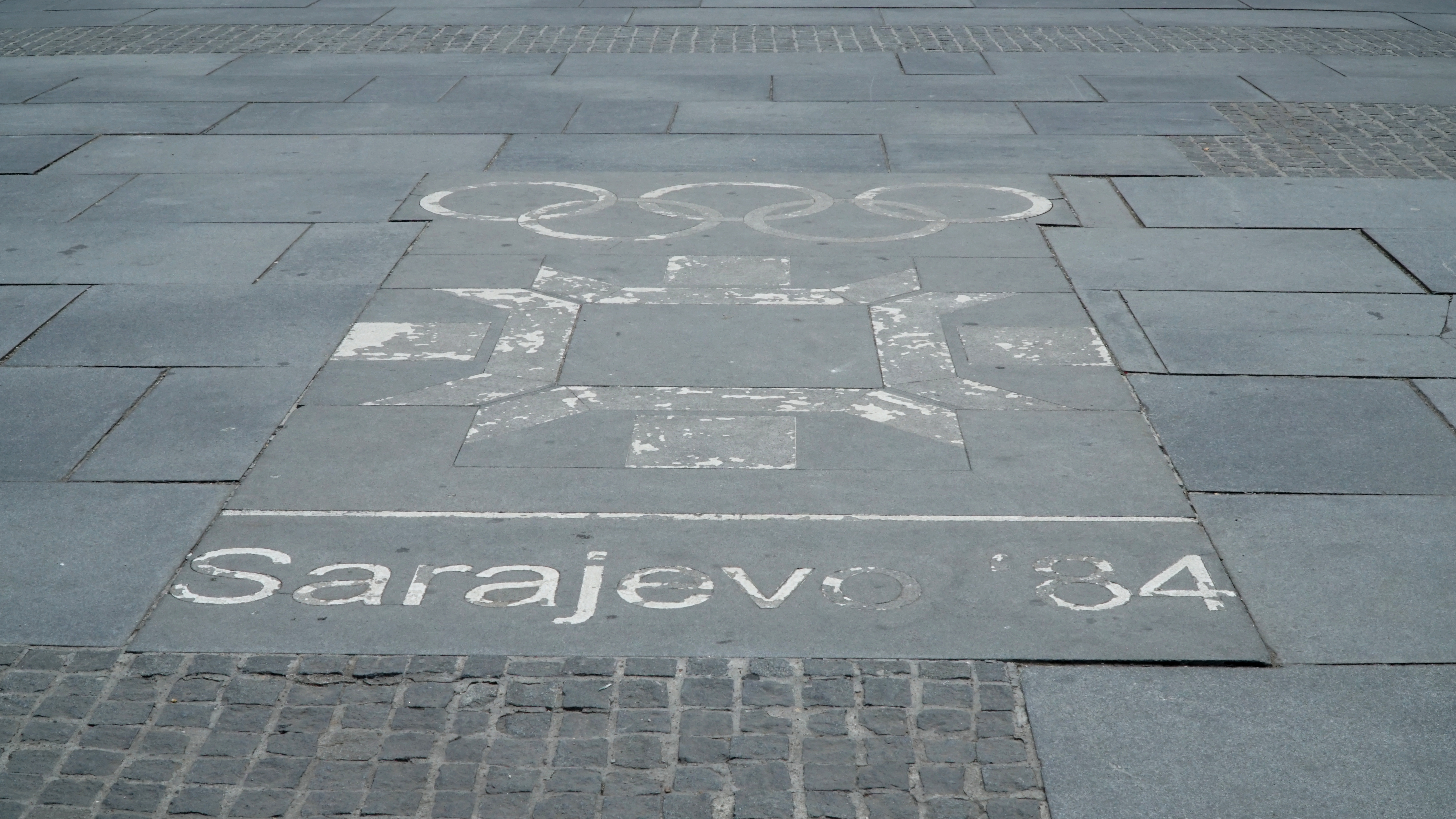
The journey through these forgotten Olympic venues reveals a tapestry of stories, each reflecting the triumphs and challenges of their times. From the political tensions of Berlin to the economic struggles of Athens, each site tells a unique tale of human endeavor and ambition. As we reflect on these stories, we are reminded of the enduring spirit of the Olympics, a celebration of unity and excellence that transcends borders and time. These venues, though abandoned, continue to inspire, serving as poignant reminders of the fleeting nature of glory and the lasting impact of the Games. As we look to the future, let us strive to preserve these legacies, ensuring that the spirit of the Olympics endures for generations to come.

